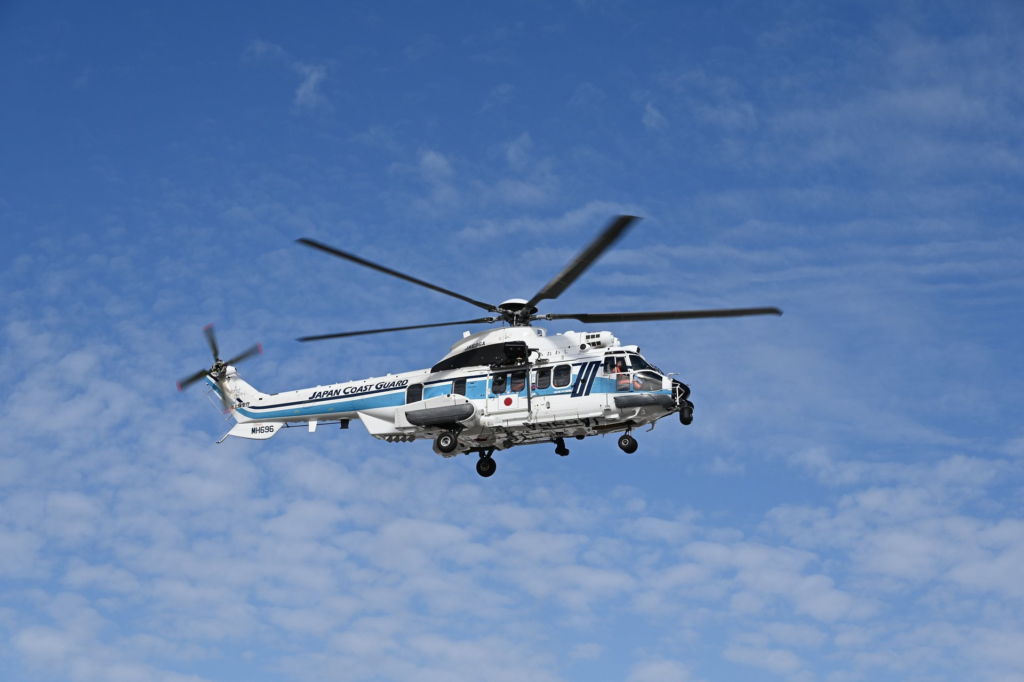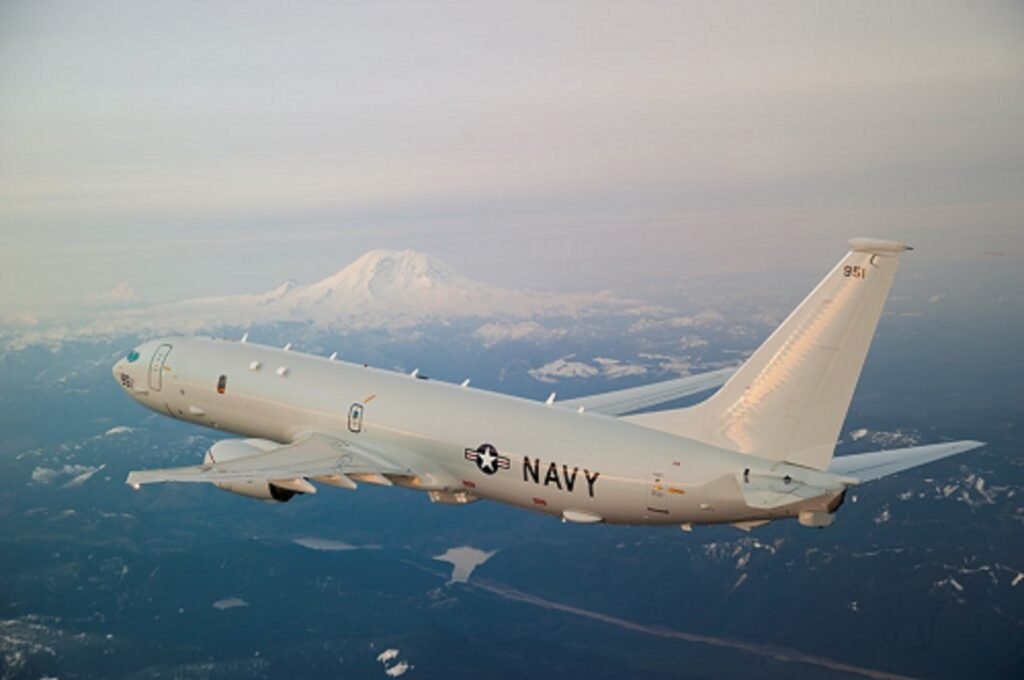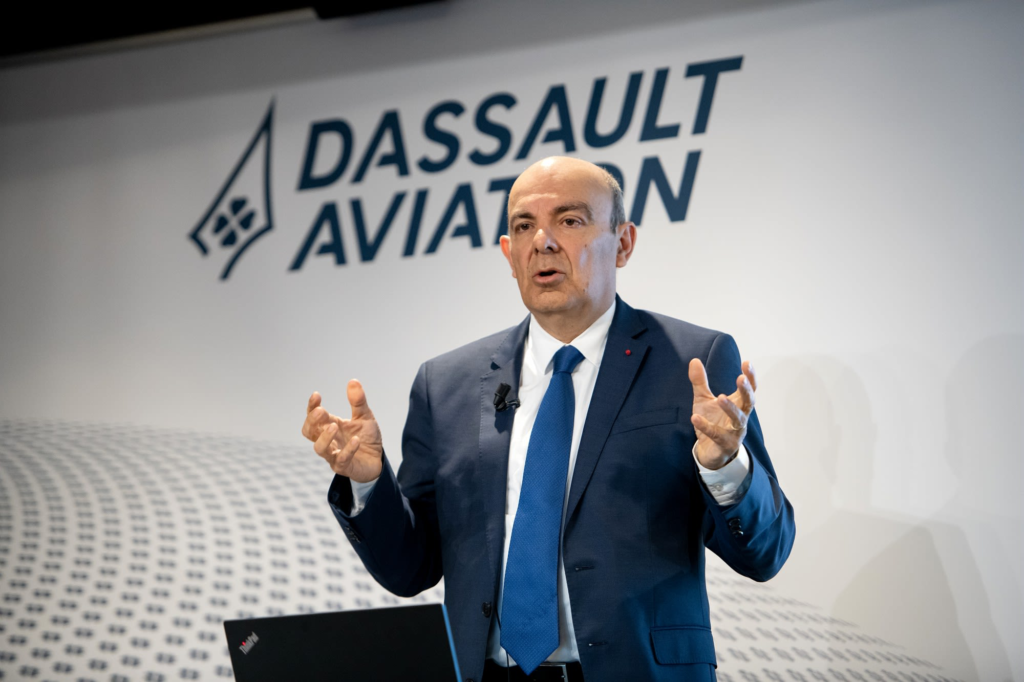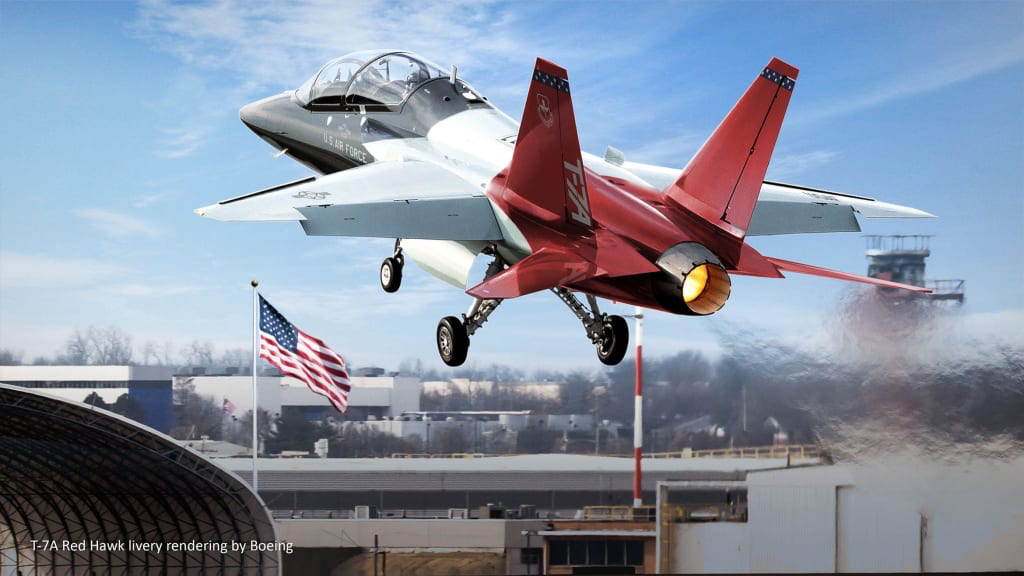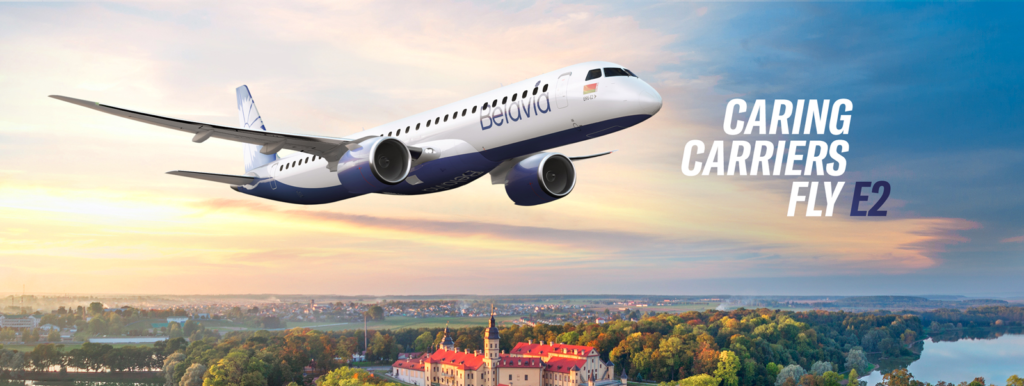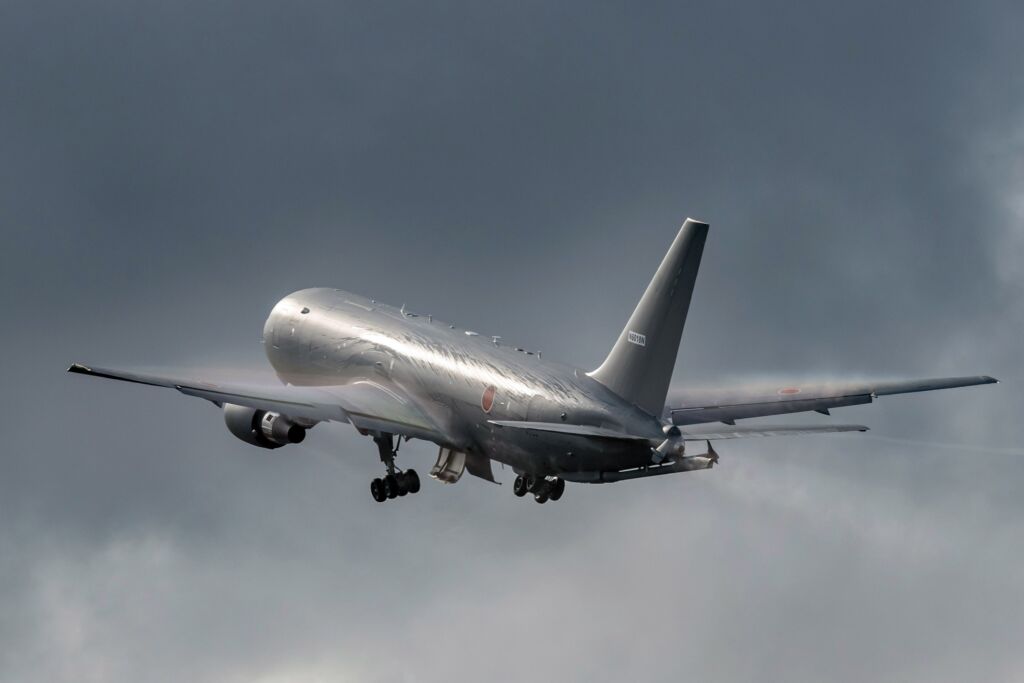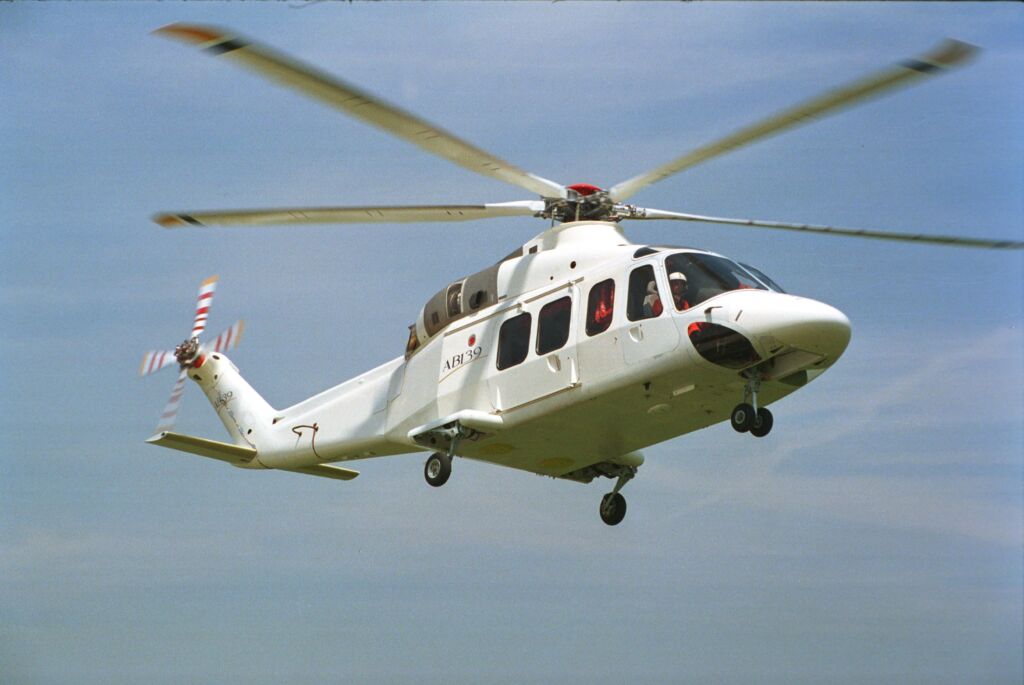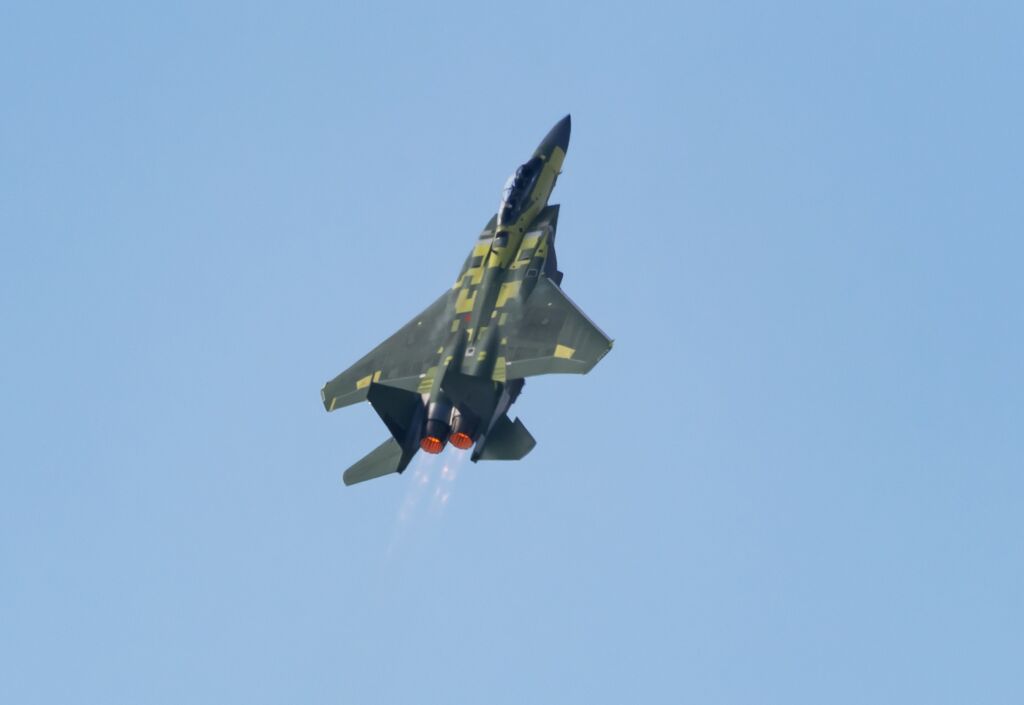Airbus Signs Major Integrated Support Contract with Egypt for C295
Getafe, 15 April 2021 – The Egyptian Air Force, the largest C295 fleet operator worldwide, has recently signed a five-year services contract with Airbus for the performance-based support of its fleet, composed of a total of…

